Running our first remote design crit
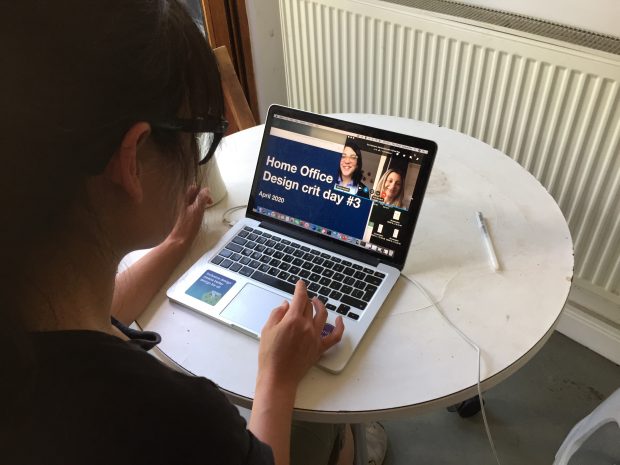
...ahead of the session What we’re doing next Overall, our first remote crit ran smoothly and was valuable for our designers. As a central design team, we realised that while...

...ahead of the session What we’re doing next Overall, our first remote crit ran smoothly and was valuable for our designers. As a central design team, we realised that while...

...the service and a 12 character beta code, such as: DSVN4Z5YEMST Observations It took them three frustrating minutes to enter the beta code correctly. With the consent of the participant,...

...We mostly code in the open so we’re transparent with the software we develop. This gives us opportunities to re-use the code. For example, if you look at the New...

...used predominantly for MI reporting and didn’t need to be available as often we relied on a central cloud platform team, including centrally managed Kubernetes clusters, rather than empowering teams...
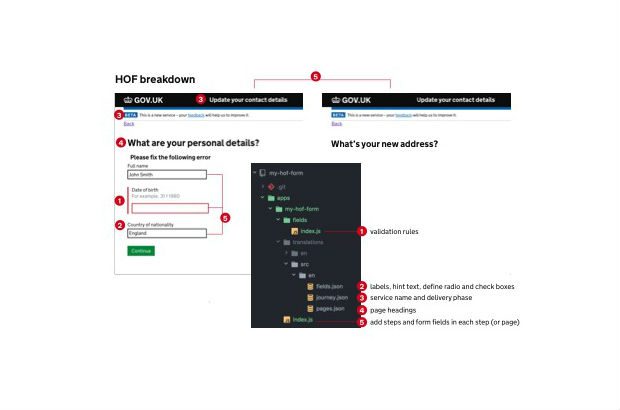
...programmed to flag up errors – I just need to provide rules on when and how they should be shown. Another benefit to HOF is it’s coded in such a...
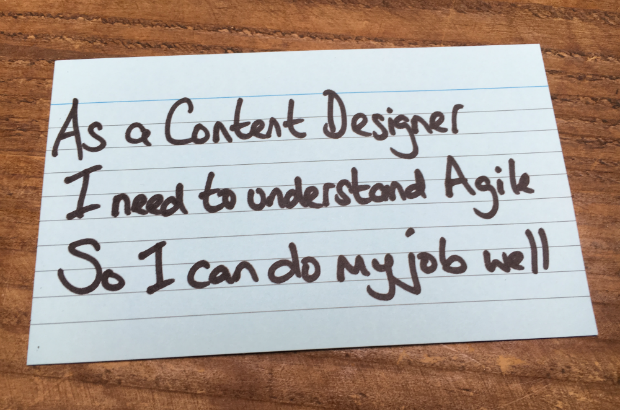
...the bottom of this post. Listen and contribute in stand ups You’re not going to need to understand every detail mentioned at the daily stand up meetings, but it’s important...

...– to explain what we mean by ‘user research’. We wanted something we could promote, post to online forums and even send out in recruitment emails. We wanted a text...

...in Home Office Digital to better understand the needs of Deaf users. The whole user research and design team has taken part in Deaf awareness training. We learnt just how...
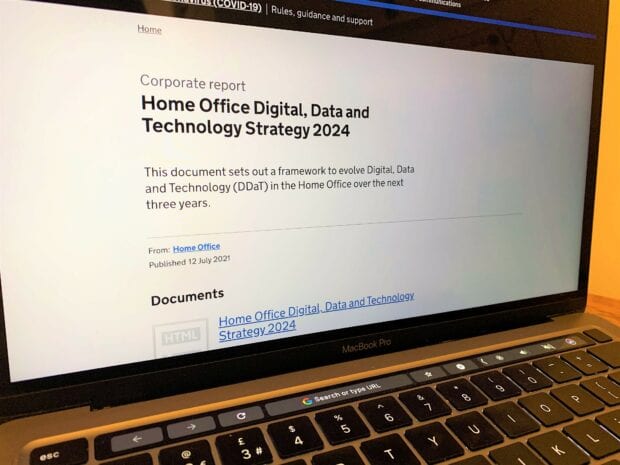
...needs and technologies change. Data has become our primary asset. By transforming the way we think about architecting our systems, we’ll make data central to the design. We will focus...
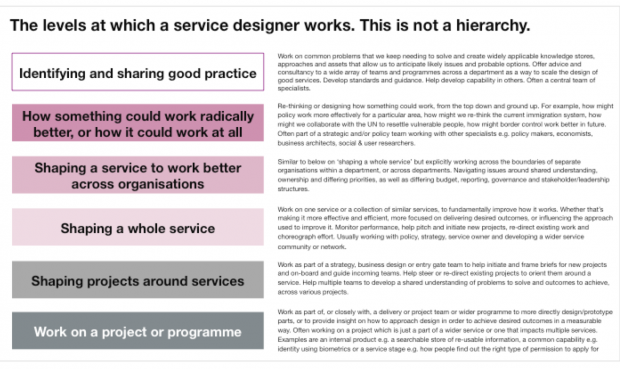
...valuable work to define, manage, design or scale services. We can then find the closest match with an existing group of people or organisational entity that would identify with the...